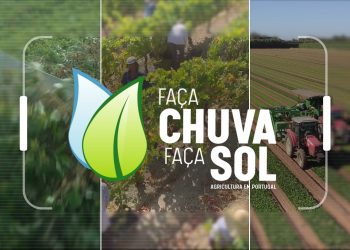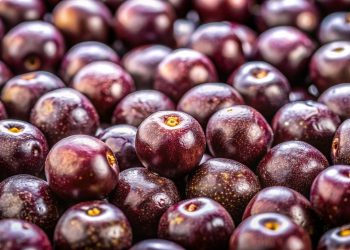The data on agricultural price indices published by Eurostat today highlight that there were ongoing price increases for agricultural commodities in the first quarter of 2023 (Q1 2023). However, prices rose at their slowest rate since the start of the Russian war of aggression on Ukraine.
Source datasets: apri_pi15_outq and apri_pi15_inq
Between the first quarter of 2022 (Q1 2022) and Q1 2023, the average EU price of agricultural products as a whole (output) increased significantly for the same basket of products (+17%). Still, this represented a lower rate of increase compared with the previous quarter’s rate of change (+26% between Q4 2021 and Q4 2022).
Within this basket of products, there were particularly strong price increases for eggs (+60% on average across the EU), rice (+51%), olives and pigs (both +49%). The overall EU price increase for eggs reflected not only feed grain shortages and reduced grain exports from Ukraine, but also an outbreak of avian influenza (bird flu) in Belgium and the Netherlands.
Producing agricultural output incurs costs. Farmers have to make purchases of goods and services to be used as inputs in the production process. Whilst output prices continued to rise between Q1 2022 and Q1 2023, so too did the average price of goods and services currently consumed in agriculture (i.e. inputs not related to investment) in the EU as a whole; they increased by 11% for the same basket of inputs.
This was also a slower rate of increase than the one recorded between Q4 2021 and Q4 2022 (+27%). Within this basket, there were substantial price rises for animal feedingstuffs (+16%), seeds and planting stock (14%), and plant protection products and pesticides (+12%).
Source datasets: apri_pi15_outq and apri_pi15_inq
In almost all EU countries, the average price of both agricultural output and inputs not related to investment increased between Q1 2022 and Q1 2023.
The sharpest rates of increase in the average price of agricultural output were in Spain and Portugal (both +33%). A drought in the Iberian peninsula in 2023 led to reduced production, which added further impetus to price rises. Lithuania was the only EU country in which the average price of agricultural output fell during this period (-2%).
The sharpest rates of increase in the average price of inputs not related to investment were recorded in Hungary (+29%), Poland (+20%) and Slovakia (+19%). The lowest rates of increase were in the Netherlands (+1%), Malta and Luxembourg (both +3%).
O artigo foi publicado originalmente em Eurostat.



















































